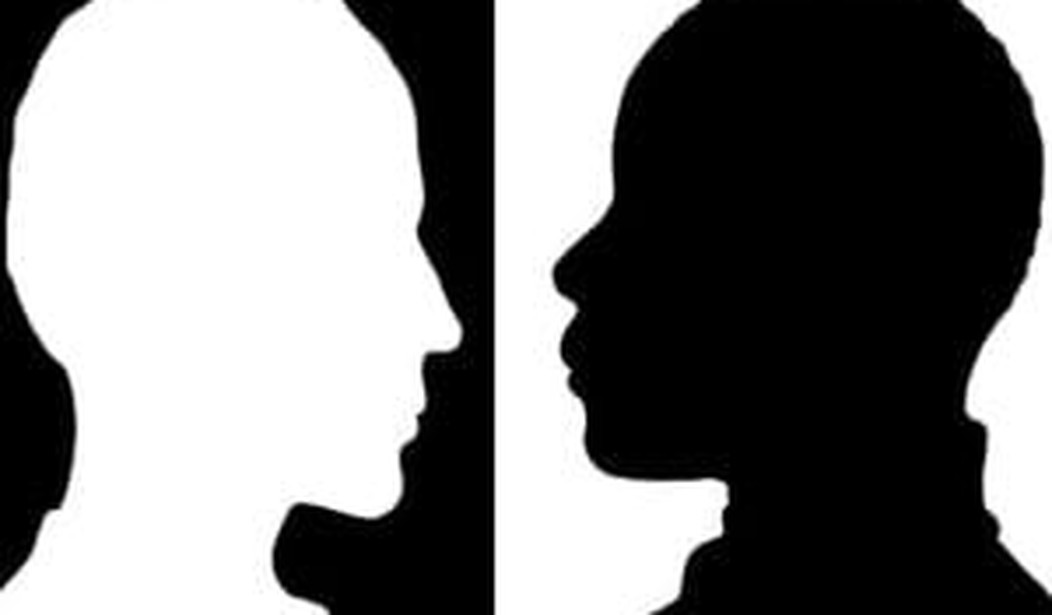WASHINGTON – While racial inequality has largely disappeared and the nation has grown wealthier and better educated, the economic disparities between blacks and whites remain relatively unchanged since marchers assembled in Washington five decades ago.
The country recently celebrated the 50-year anniversary of the historic civil-rights gathering at which Dr. Martin Luther King Jr. delivered a stirring speech that articulated the dream of many Americans who yearned for racial equality.
The event, known as the March on Washington for Jobs and Freedom, was not only for racial equality; it was also a call for better access to everything the thriving American economy had to offer.
The Washington marchers made several economic demands, including a higher federal minimum wage, a law barring discrimination by employers, and a massive job-training program. In January 1964, President Lyndon B. Johnson launched the set of policies that became known as the ‘War on Poverty’ to meet some of those demands. Later that year, Congress enacted the Civil Rights Act of 1964, which ended racial segregation in education, employment, and voting facilities. In 1966, the Johnson administration increased the federal minimum wage.
The changing economic landscape in the following decades after the civil-rights movement saw improved conditions for all Americans, and by some measures, black Americans have seen clear improvements. More blacks are finishing high school and more are in college than at any point in history. As of the last presidential election, blacks are more likely to vote than any other racial group in America. The gap in life expectancy rates among blacks and whites has narrowed in the past five decades.
Yet, blacks remain likelier than whites to be unemployed, be poor, get arrested and serve time in prison.
In 1963, the unemployment rate among whites averaged 5 percent and the black rate averaged 10.9 percent. The ratio of the black unemployment rate to the white unemployment rate has changed little since the 1960s. Last month, the jobless rate among whites was 6.6 percent while almost twice that number among blacks, at 12.6 percent.
Poverty in black communities, as with poverty overall, declined dramatically through the 1960s, falling from a rate of 55 percent in 1959 to 32 percent in 1969. By 1989, the black poverty rate had declined to 30 percent. The economic boom in the late 1990s pushed black poverty to its lowest rate on record – 22.5 percent in 2000. But the financial crisis in 2007 drove the black poverty rate back up to 27.6 percent by 2011, which was nearly three times the white poverty rate of 9.8 percent that year, according to the Congressional Research Service.
After years of narrowing, the gap between black and white median income widened from 2000 to 2011, and the gap in household wealth is even larger.
Between 1967 and 2011, the median income of a black household of three rose from about $24,000 to nearly $40,000, according to census data analyzed by the Pew Research Center. In 2011, the median income for black households was about 59 percent of the median income for white households, up slightly from 55 percent in 1967. The gap in median individual income between blacks and whites rose by a third, to almost $9,000 a year, between 2000 and 2011.
The housing market collapse that began in 2007 took a greater toll on black families than whites because heading into the recession housing constituted a higher proportion of their wealth. Between 2005 and 2009, the median wealth – as measured by assets minus debts – of black families fell by 53 percent. White median wealth fell only by 16 percent during the same period. An Urban Institute study found that whites had six times the wealth of blacks. By the most recent data, the average white household had about $632,000 in wealth, versus $98,000 for black households.
One particular area where the gap has narrowed is in high school graduation rates, which have risen for both whites and blacks. High school completion rates have converged since the 1960s, and now about nine out of ten blacks and whites have a high school diploma.
White adults 25 and older, however, are significantly more likely than blacks to have completed at least a bachelor’s degree – 34 percent versus 21 percent. But in 2010, 38 percent of blacks between the ages of 18 and 24 were enrolled in a university, compared with 43 percent of whites.
On other measures, too, blacks fare poorly. The higher incarceration rates and the dissolution of the black family have particularly hurt black mobility. Blacks are about 3.73 times more likely to be arrested for marijuana possession than whites, despite using the drug at roughly the same rate. Black men were more than six times as likely as white men in 2010 to be incarcerated. In 2011, 478 of every 100,000 white men and 51 of every 100,000 white women were imprisoned. For black men the rate was 3,023 per 100,000 and for black women 129 per 100,000. Former inmates earn less money and have a harder time moving up the economic ladder.
The traditional family has collapsed since the 1960s because of a decline in marriages and an increase in out-of-wedlock births. Blacks lead the way in both. Marriage rates among whites and blacks have declined in the past 50 years. Today about 55 percent of whites and 31 percent of blacks ages 18 and older are married. In 1960, 74 percent of whites and roughly 60 percent of blacks were married. In 2011, 72 percent of black children were born to unwed mothers and 55 percent of black children were being raised by single parents. Such children are four times more likely to be poor than children raised by married parents.
President Obama paid tribute to King’s legacy in a speech that touched on the accomplishments the nation has made on racial equality. He also issued a call to complete the journey to economic equality set forth by the march in 1963.
“We must remind ourselves that the measure of progress for those who marched 50 years ago was not merely how many blacks could join the ranks of millionaires,” Obama said on the steps of the Lincoln Memorial. “It was whether this country would admit all people who were willing to work hard, regardless of race, into the ranks of middle-class life.”
The president urged the nation’s leaders to tackle the problems of income inequality to live up to King’s dream.
“For over a decade, working Americans of all races have seen their wages and incomes stagnate. Even as corporate profits soar, even as the pay of a fortunate few explodes, inequality has steadily risen over the decades. Upward mobility has become harder,” Obama said.
Explanations for these economic disparities fall more or less into two camps: those stressing the lingering effects of racism and those arguing that these gaps are caused by racial differences in human capital.
Ron Haskins and Isabel Sawhill, two Brookings Institution scholars, have found that Americans who finish high school, work full-time, and wait until 21 and married before they have children have a 72 percent chance of joining the middle class and only a 2 percent chance of being poor. Sadly, few blacks meet all three of these basic conditions.
Americans are pessimistic that progress is being made toward King’s goal of racial equality. A Pew Research Center poll found that nearly twice as many blacks than whites say the police treat blacks less fairly. And about three times as many blacks than whites believe blacks are treated less fairly at work, public schools, stores, and courts. In the recent telephone survey of more than 2,200 adults, 44 percent of white respondents said the U.S. had a long way to go before achieving racial equality, compared with 79 percent of black respondents.









Join the conversation as a VIP Member